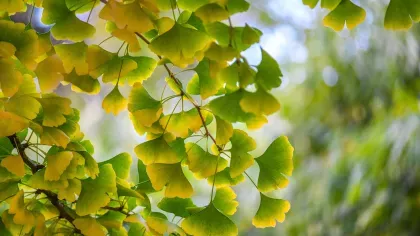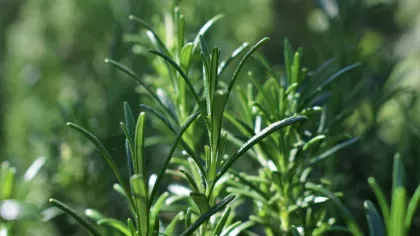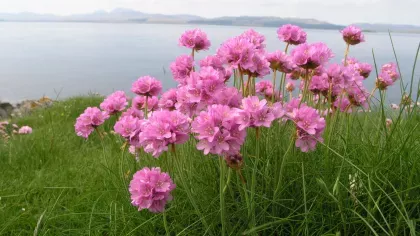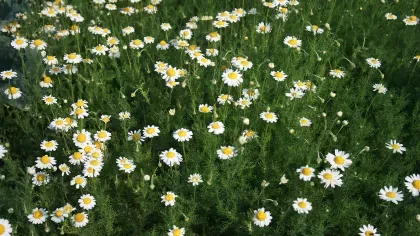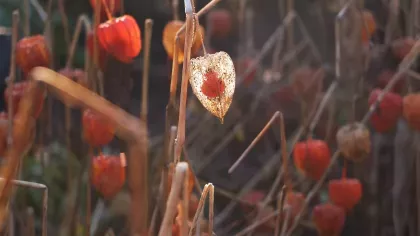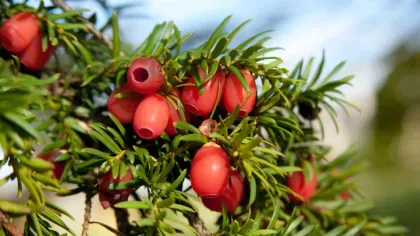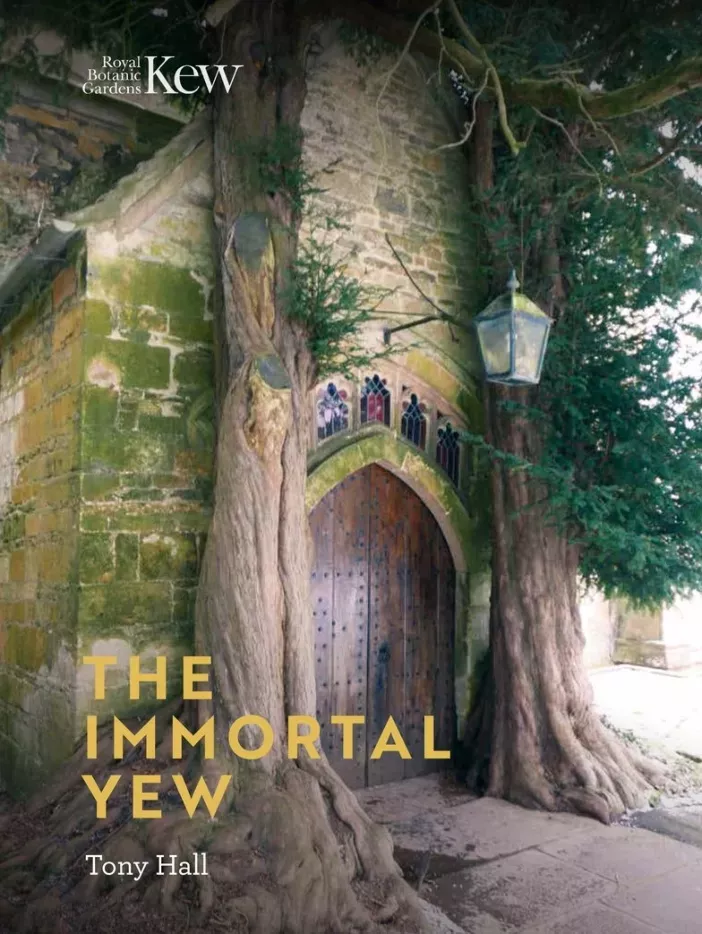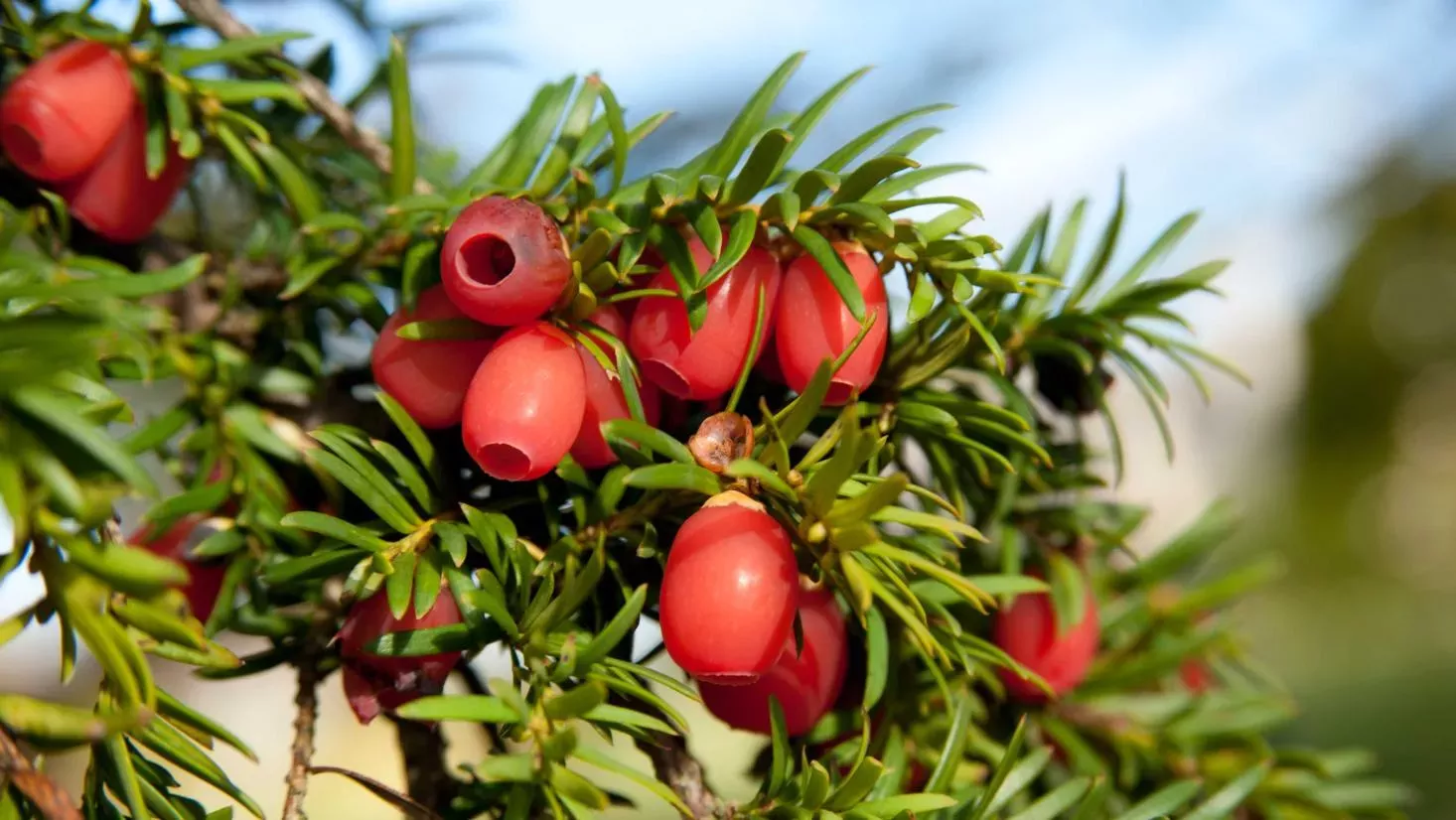
Yew
On this page
Yew trees are deeply entwined in mythology and folklore.
They are some of the oldest living species in Europe, with some trees thought to be over 2000 years old.
Yews have a deep-rooted history and sacred ties which is why you find the magnificent ancient trees growing in churchyards.
The yew tree’s presence in churchyards has earned it the nickname 'tree of the dead'.
Plant description
Yew is a densely branching, evergreen tree with a big trunk that can reach up to 20m tall. The bark is thin, scaly, and brown, it comes off in small flakes. Its leaves are dark green, leathery, and narrow with a pointed tip. Yew seeds grow at the tip of a dwarf shoot, enclosed in a red, fleshy, cup-like structure called an aril.
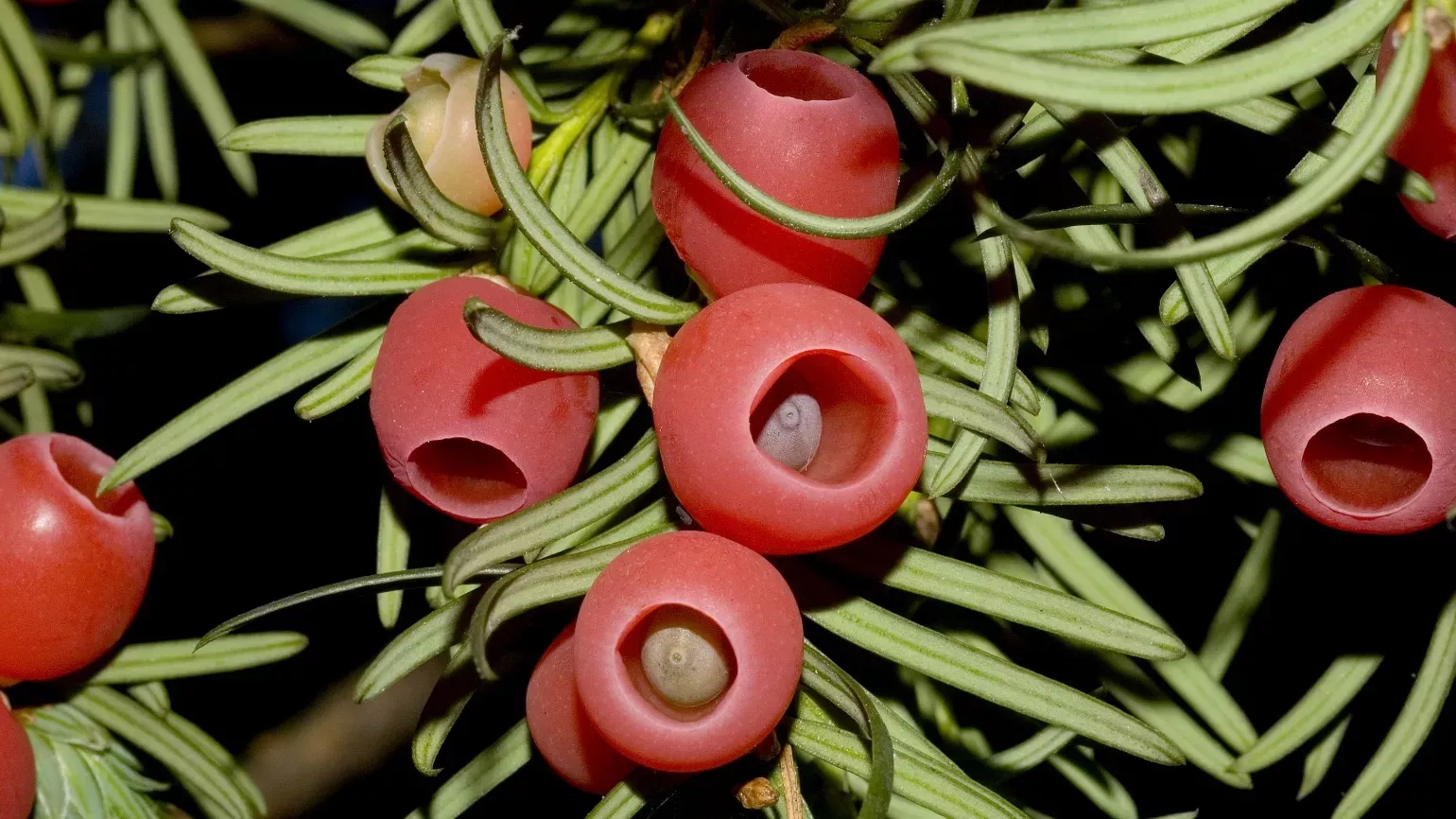

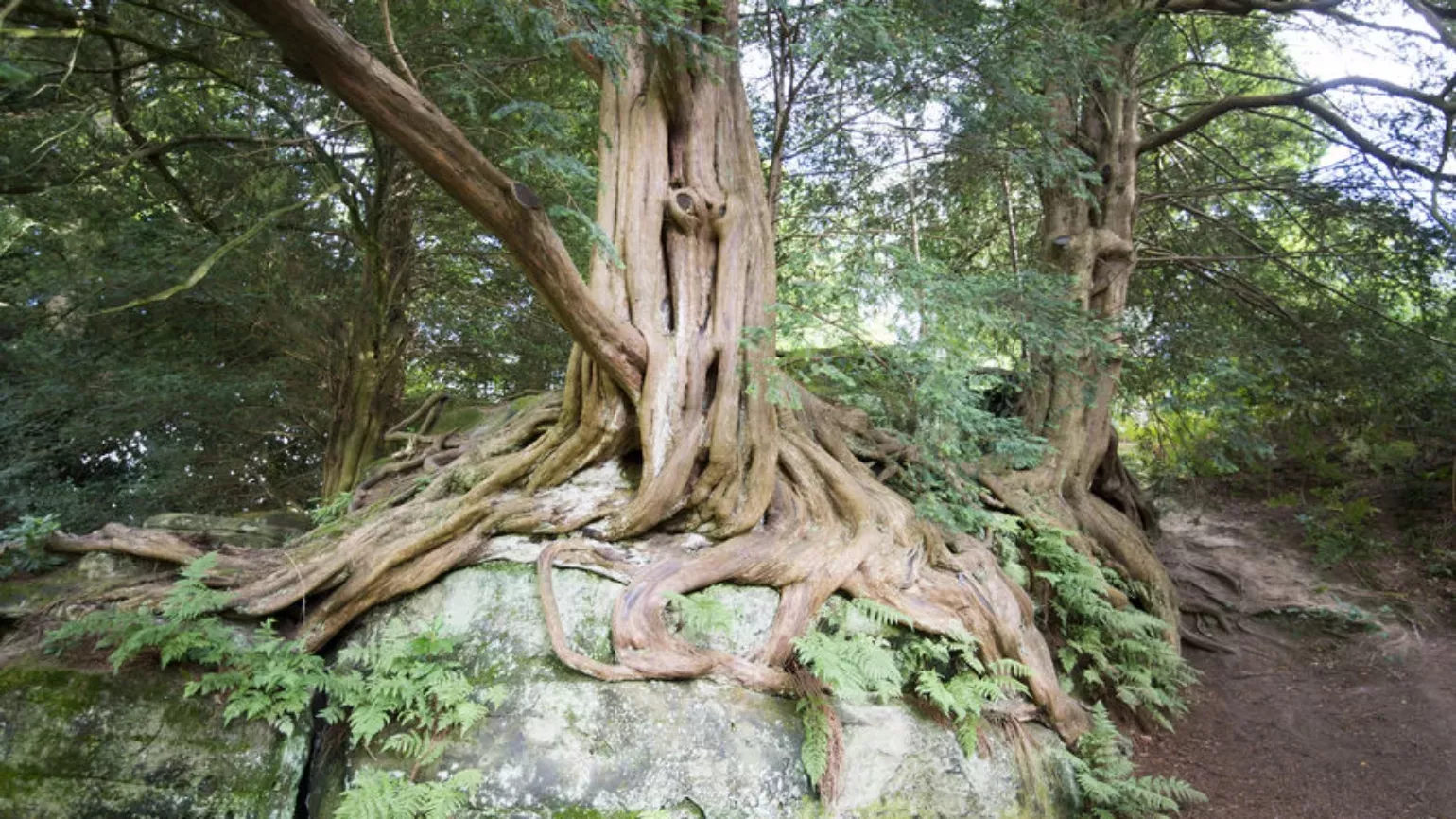
Plant uses
Cultural
Yew is often grown for ornamental purposes, either as a tree or as clipped hedges and topiary of all shapes.
As an evergreen tree, the yew is symbolic of everlasting life and rebirth; it was held sacred by Druids in pre-Christian times.
Yew came to symbolise death and resurrection for the ancient Celts which continued into the Christian era; yew branches were carried on Palm Sunday and at funerals for many centuries. Today, ancient yew trees are often associated with churchyards.
Food and drink
The fleshy red seed coverings (arils) are eaten by many bird species, including fieldfares and blackbirds, and mammals such as squirrels and dormice. Yew leaves are a food source for some caterpillars.
Health
Most parts of the Yew tree (except for the bright red arils) are highly poisonous to mammals when ingested because they contain toxic compounds called taxines.
Yew leaves and bark contain compounds called taxanes which are used to develop drugs such as Taxol® that help treat some forms of cancer.
Materials and fuels
In the Middle Ages, yew wood was used to make longbows and crossbows.
Today, this wood is used in gates, furniture, parquet floors and panelling. It is also used for carving and wood turning.
Did you know?
It is impossible to determine the actual age of yew trees using the traditional ring counting method. This is because a fungus rots the inside of their trunks with age until they become hollow.
The oldest tree in our wild botanic garden in Wakehurst is a yew - it dates back to around 1391.
Yew berry seeds are poisonous to most mammals, but the fruit’s bright red colour attracts woodland creatures. Badgers can eat the fruit and pass the intact seeds in their poop without being poisoned.
Yew is one of only three coniferous species (trees that bear cones and needle-like leaves) native to the UK.
Yew has sparked much horticultural interest as a popular ornamental plant so there are multiple cultivated varieties (cultivars), some of which have bright yellow arils around the seeds.
Where in the world?
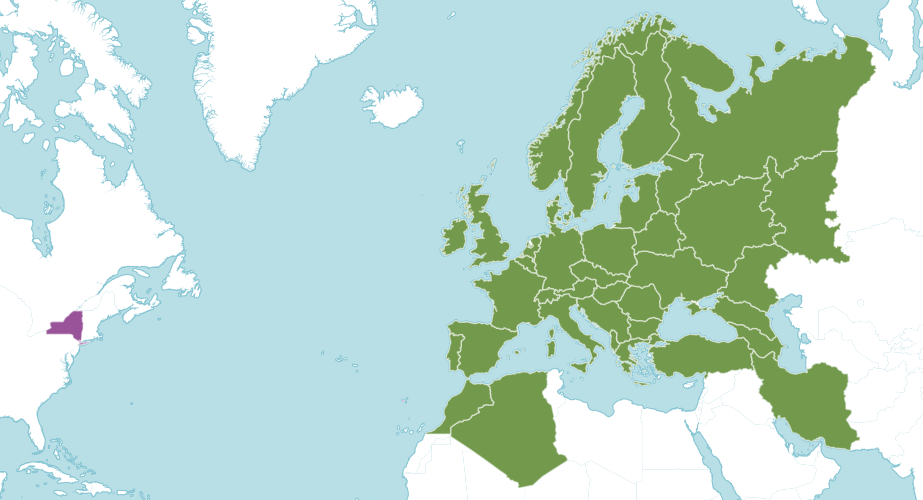
Woodlands and churchyards on chalk or limestone soils.
Find it in our gardens
Kew Gardens
A botanic garden in southwest London with the world’s most diverse living plant collection.
Location
Natural Area close to Queen Charlotte’s Cottage and in front of Kew Palace.
View map of Kew GardensBest time to see
Wakehurst
Kew’s wild botanic garden in Sussex that has over 500 acres of plants from around the world and is home to the Millennium Seed Bank.
Location
View map of WakehurstBest time to see
Our work
While yew is not considered threatened, ancient yew woods in England and Europe are unique habitats that deserve protection.
Our Millennium Seed Bank stores and conserves yew seeds collected from across England and Wales that have high genetic diversity.
Scientists at Kew are sometimes asked to investigate cases of livestock and human poisoning by yew.
In 2000, our scientists developed a method to detect specific toxic compounds, called taxines, in stomach contents and other post-mortem samples.
This method was expanded in 2013 to detect a wider range of taxines and was applied during a study on yew heartwood.
